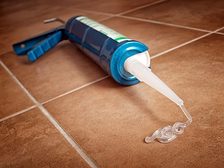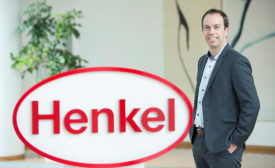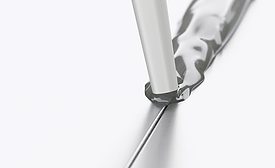Adhesives and Sealants
Waterborne, Non-Chlorinated, Modified Polyolefin Adhesion Promoters
for Adhering to Low- and High-Surface-Energy Materials
Read More
Accelerated Waterborne Pressure Sensitive Adhesive Development
Through Rheological Screening
April 4, 2016
Keep the info flowing with our eNewsletters!
Get the latest industry updates tailored your way.
JOIN TODAY!Copyright ©2024. All Rights Reserved BNP Media.
Design, CMS, Hosting & Web Development :: ePublishing










